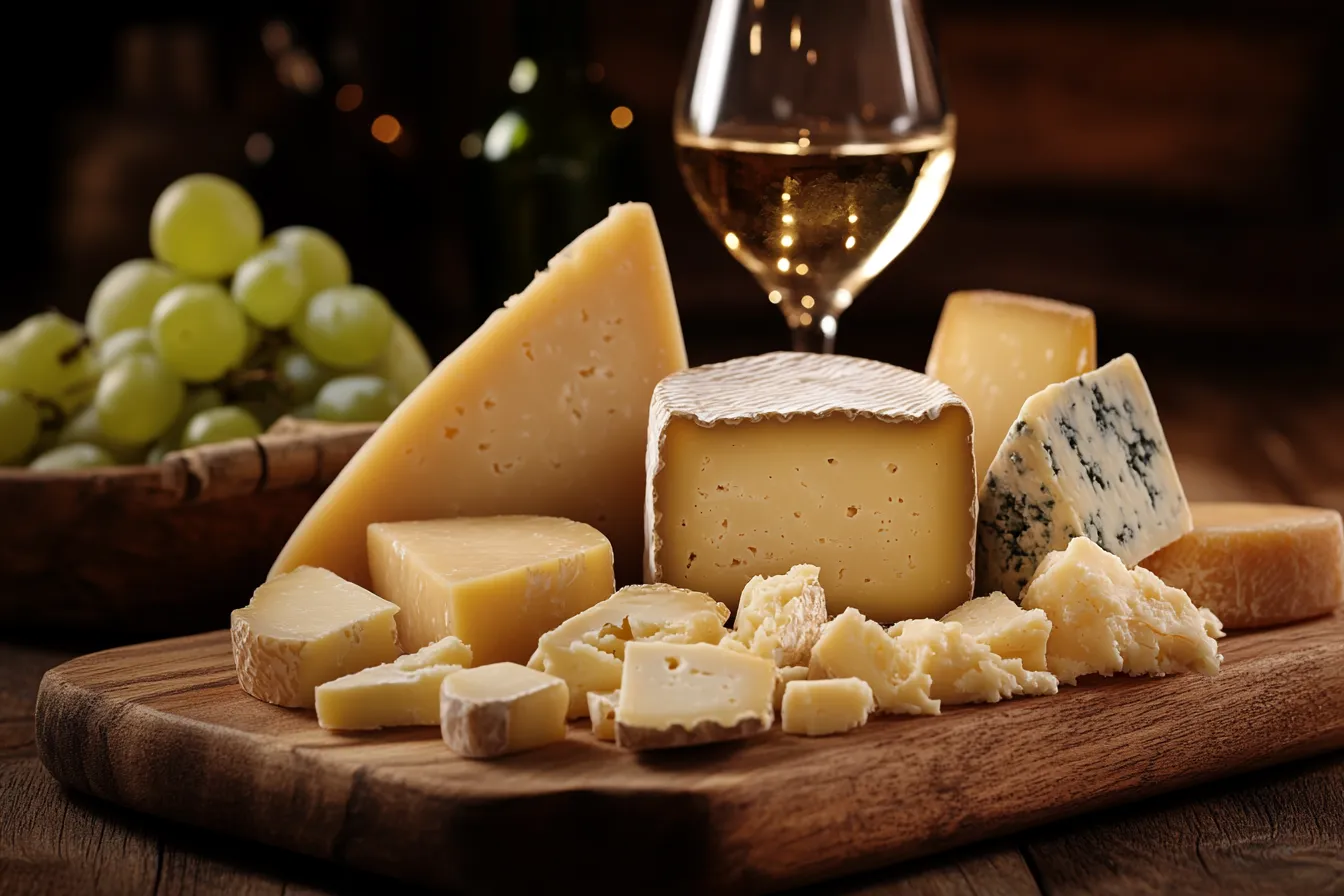Introduction
Cheese lovers often find themselves captivated by the rich flavors, firm textures, and extended shelf life of hard cheeses. From the nutty complexity of Parmigiano-Reggiano to the robust character of aged Cheddar, hard cheeses represent the pinnacle of cheesemaking craftsmanship. They’re not just delicious — they’re also versatile, healthy, and deeply rooted in culinary traditions across Europe and beyond.
Hard cheeses are aged for extended periods, often beyond six months, allowing their flavors to concentrate and their textures to become dense and crystalline. These cheeses are excellent for grating over pasta, slicing onto cheese boards, or enjoying on their own with a splash of wine. But they’re more than just a garnish — hard cheeses are nutritional powerhouses packed with protein, calcium, and probiotics, making them a staple in both gourmet kitchens and health-conscious homes.
This comprehensive guide will walk you through everything you need to know about hard cheeses: what defines them, the best varieties to try, their nutritional value, culinary applications, storage tips, and more. Whether you’re a seasoned foodie or just curious about expanding your palate, this article will help you appreciate the world of hard cheeses in full flavor and detail..Cottage Cheese Recipes
Next, we’ll dive into exactly what makes a cheese “hard” and why these cheeses have stood the test of time in culinary traditions around the globe.
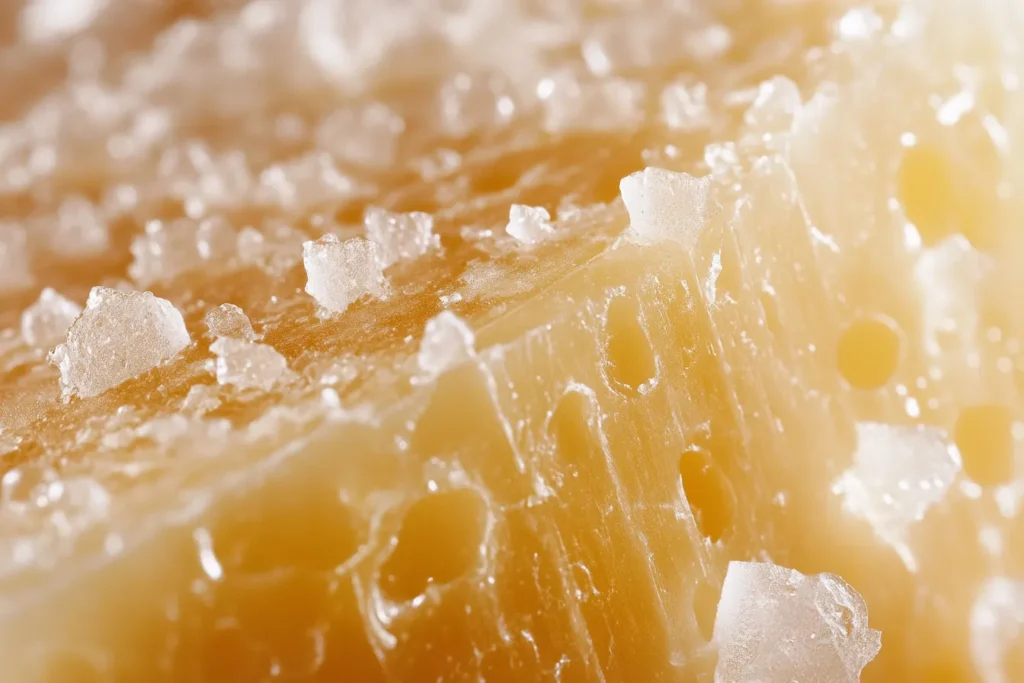
What Defines a Hard Cheese?
Texture & Aging Process
Hard cheeses are defined primarily by their low moisture content, which gives them a dense and often crumbly texture. Unlike soft or semi-soft cheeses, hard cheeses undergo an extended aging process — typically from 6 months to several years. During this time, enzymes break down proteins and fats, intensifying the flavor and altering the structure of the cheese.
As cheese matures, moisture evaporates and leaves behind a firmer, more compact product. This process not only enhances flavor but also contributes to a longer shelf life. Some hard cheeses even develop calcium lactate crystals, giving them a slight crunch and a signature aged texture that connoisseurs seek out.
Hard cheeses are also often made in large wheels or blocks to allow for even aging. They are pressed to expel whey, further contributing to their firm nature. These processes ensure hard cheeses are perfect for grating, slicing, or simply savoring piece by piece..What To Make With Ricotta Cheese
Common Milk Sources (cow, goat, sheep)
The milk source plays a significant role in the final flavor and texture of hard cheeses:
- Cow’s milk is the most common and yields cheeses like Cheddar, Parmigiano-Reggiano, and Grana Padano. It offers a creamy, buttery base.
- Goat’s milk is less common in hard cheeses but brings a tangy, earthy flavor, seen in some aged goat cheese wheels.
- Sheep’s milk has a high fat content and imparts a rich, nutty flavor. Manchego is the most well-known example.
Each milk type contributes distinct characteristics, making it worthwhile to try hard cheeses from different sources to discover your personal favorite.
Top Types of Hard Cheeses Around the World
Hard cheeses are celebrated in cultures worldwide. From Europe to South America, each country boasts its own renowned varieties.
Parmigiano‑Reggiano
History & PDO status
Known as the “King of Cheeses,” Parmigiano‑Reggiano hails from northern Italy and has been produced for over 800 years. It holds a Protected Designation of Origin (PDO) status, ensuring that it’s made under strict conditions in specific regions like Parma and Reggio Emilia.
Taste profile & culinary uses
Parmigiano-Reggiano has a complex, nutty, and slightly salty flavor. It crumbles easily and features protein crystals that add texture. It’s best enjoyed grated over pasta, shaved onto salads, or eaten in chunks with balsamic vinegar.
Grana Padano
Grana Padano is often considered Parmigiano-Reggiano’s cousin. It’s produced in a broader area of northern Italy and aged for slightly less time, resulting in a milder flavor. However, it’s still nutty, crystalline, and perfect for grating or cooking.
Manchego
From Spain, Manchego is made from sheep’s milk and aged from 60 days to 2 years. Aged Manchego becomes firm and develops a rich, buttery, and slightly tangy profile. It’s commonly served with quince paste or olives on tapas plates.
Aged Cheddar
Cheddar, originally from England, ranges from mild to extra sharp depending on its age. Aged Cheddar becomes drier, crumblier, and develops complex notes of earthiness, nuts, and slight sweetness. It’s incredibly versatile — from mac and cheese to cheese boards.
Comté
Produced in France’s Jura region, Comté is aged for up to 24 months. It has a smooth, firm texture and a subtly sweet, nutty taste. It melts beautifully, making it a favorite for French cuisine like croque monsieur and fondue.
Nutritional Value & Health Benefits
Protein, Calcium & Vitamins
Hard cheeses are nutritional powerhouses, offering a concentrated source of essential nutrients due to their low moisture content. They’re especially rich in:
- Protein: Vital for muscle repair and immune function. Just 1 ounce of Parmigiano-Reggiano contains about 10 grams of protein.
- Calcium: Crucial for bone health, dental strength, and heart function. Hard cheeses can provide 20-30% of your daily calcium needs.
- Vitamins A, D, and B12: These support vision, immunity, and energy metabolism.
Due to their density, you get more nutrition in smaller servings compared to soft or semi-soft cheeses.
Pro-bone Health Benefits & Fat Content
The high calcium and phosphorus levels in hard cheeses support long-term bone health, especially in aging adults. Additionally, fat-soluble vitamins in full-fat cheeses help your body absorb key nutrients.
Yes, hard cheeses are high in fat — but this includes conjugated linoleic acid (CLA) and omega-3 fatty acids when made from grass-fed milk, which have anti-inflammatory benefits. As always, moderation is key.
Lactose Levels & Digestibility
One major benefit of hard cheeses is their low lactose content. As cheeses age, lactose (milk sugar) breaks down. Many varieties, especially aged ones like Cheddar or Grana Padano, contain virtually no lactose, making them a safe and enjoyable option for those who are lactose intolerant.
Hard cheeses also contain probiotics — beneficial bacteria that support gut health, depending on how the cheese is processed and aged.
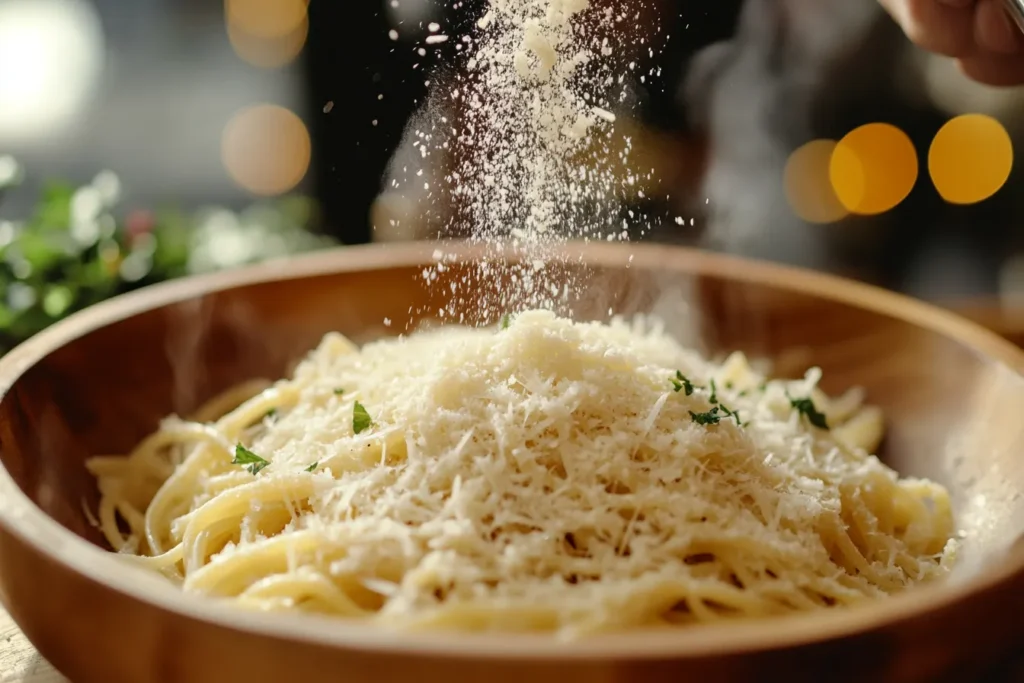
Cooking & Serving Tips
Grating, Shaving & Melting Techniques
Hard cheeses can be used in countless ways in the kitchen:
- Grating: Perfect for topping pasta, risottos, and soups.
- Shaving: Adds elegance to salads, carpaccio, or roasted vegetables.
- Melting: Although not as meltable as soft cheeses, hard cheeses like Comté and aged Cheddar melt beautifully into sauces and gratins.
Tip: Let your cheese sit at room temperature for 20-30 minutes before using to enhance its flavor and texture.
Pairings (Wine, Fruit, Charcuterie)
Pairing hard cheeses with complementary flavors elevates the experience:
- Wines: Parmigiano-Reggiano with Chianti, Cheddar with Cabernet Sauvignon, Manchego with Rioja.
- Fruits: Apples, figs, grapes, or dried apricots balance the saltiness.
- Cured meats: Prosciutto, salami, or chorizo add a savory contrast.
Don’t forget honey, balsamic glaze, or olives — simple additions that bring out complex flavors.
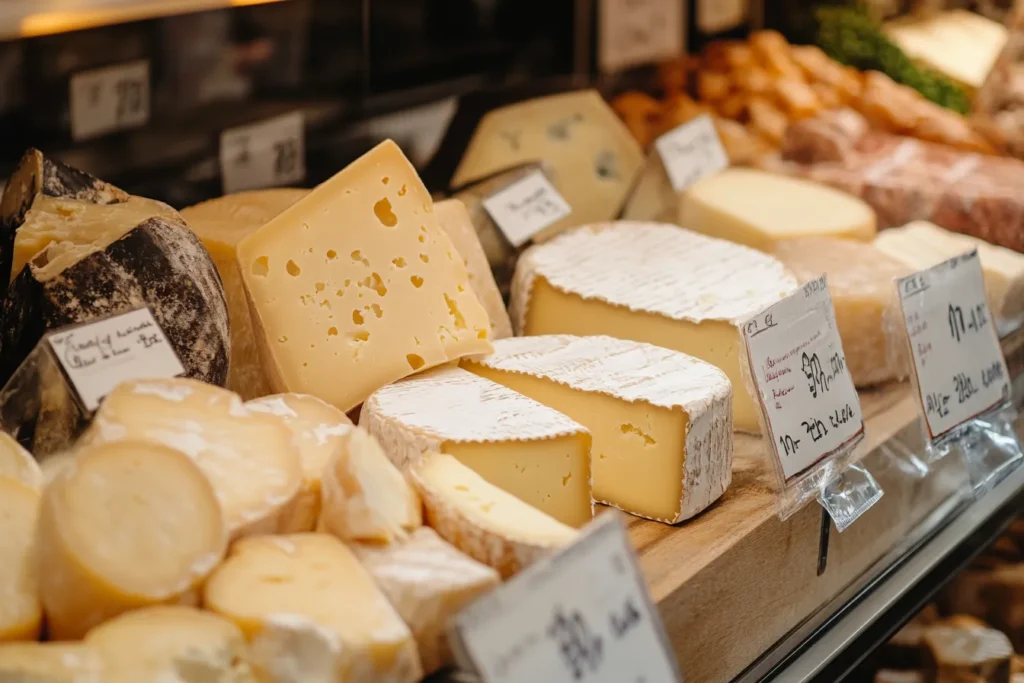
Buying & Storing Hard Cheeses
How to Choose Quality Hard Cheeses at the Deli
When selecting hard cheeses, freshness and quality are paramount. Here’s what to look for:
- Appearance: Aged cheeses should have a uniform rind (natural or waxed) and a clean, uncracked interior.
- Aroma: Should smell nutty, earthy, or fruity — never sour or ammonia-like.
- Texture: A good hard cheese will feel dense, slightly dry, and may even feature crystals if aged well.
Opt for PDO or AOP-labeled cheeses, which ensure traditional production methods and authenticity (like Parmigiano-Reggiano or Comté).
Cut vs Wheel: Pros and Cons
Buying cheese in wedges (cut from a wheel) offers convenience, while a full or half wheel is ideal for long-term use or entertaining:
- Cut wedges: Easier to store and use but can lose freshness faster if not wrapped properly.
- Whole wheels: More expensive upfront but offer a better aging experience and bulk value.
When possible, ask your cheesemonger to slice from the center, where the texture is most balanced.
Storage Tips to Maintain Flavor
Proper storage preserves flavor and texture. Follow these best practices:
- Wrap in cheese paper or parchment to allow breathability.
- Avoid plastic wrap, which traps moisture and alters taste.
- Store in the vegetable drawer or lowest shelf in the fridge at 35–45°F (1–7°C).
- Re-wrap cheese every few days if you plan to keep it longer than a week.
Avoid freezing hard cheese unless necessary — while it doesn’t spoil, freezing changes texture and can make it crumbly or grainy.
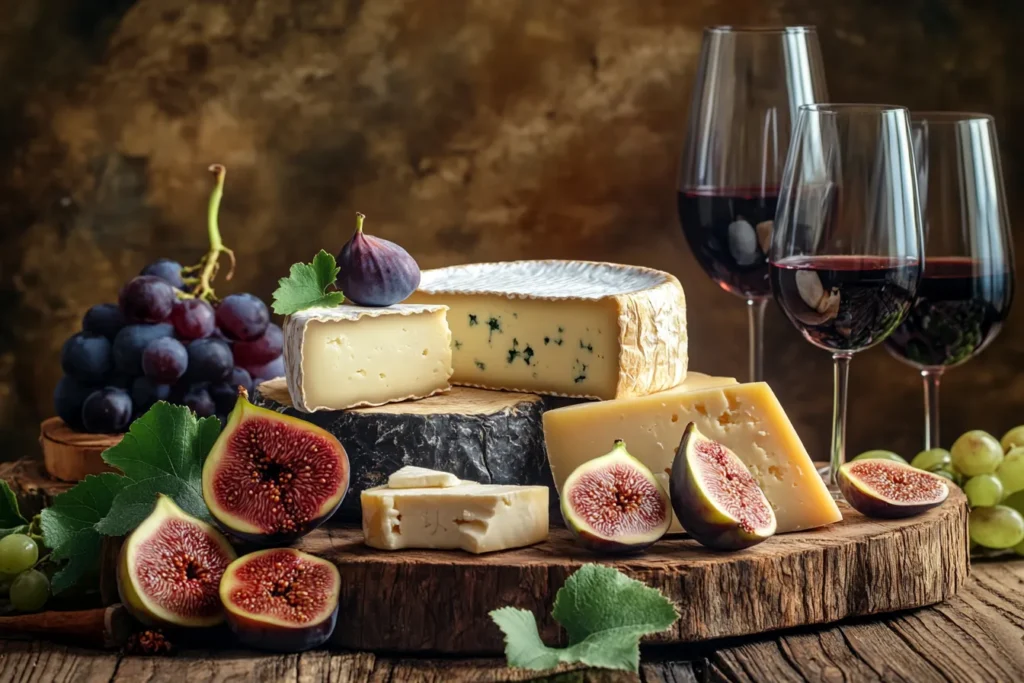
Hard Cheeses in International Cuisines
Hard cheeses are celebrated in various culinary cultures:
Italian Cuisine
Hard cheeses like Parmigiano-Reggiano and Grana Padano are staples in pasta dishes, risottos, and soups. They’re also central to Italian antipasti platters.
Spanish Cuisine
Manchego and Idiazabal are often served sliced with jamón ibérico, olives, or quince paste (membrillo). These cheeses feature heavily in tapas culture.
British Cuisine
Cheddar rules in the UK. Aged versions are used in everything from cheese toasties and ploughman’s lunches to rich sauces and pies.
French Cuisine
Comté and Cantal are featured in gratins, fondues, and soufflés. They’re also ideal for snacking with wine and crusty baguette.
Each culture brings its unique twist, pairing and integrating hard cheeses in both traditional and modern recipes.
Hard vs. Semi-Hard vs. Soft Cheeses
Understanding the differences between cheese textures helps you make better culinary choices.
Comparison Chart
| Feature | Hard Cheeses | Semi-Hard Cheeses | Soft Cheeses |
|---|---|---|---|
| Moisture Content | Low | Moderate | High |
| Aging Time | 6 months to years | 1–6 months | 0–2 months |
| Texture | Firm, crumbly | Slightly firm | Creamy, spreadable |
| Flavor Profile | Intense, nutty | Milder, tangy | Mild, rich |
| Examples | Parmesan, Cheddar | Gouda, Edam | Brie, Camembert |
| Culinary Uses | Grating, slicing | Melting, snacking | Spreading, baking |
| Storage Life | Long (weeks-months) | Medium (1–2 weeks) | Short (few days) |
Hard cheeses are unmatched for grating and adding depth to cooked dishes. They’re also the most shelf-stable and travel-friendly, making them popular for gourmet kitchens and cheese boards.
FAQs about Hard Cheeses
Is Parmesan a hard cheese?
Yes, Parmesan (Parmigiano-Reggiano) is one of the most famous hard cheeses. It’s aged for 12–36 months and used for grating, shaving, or eating in chunks.
Are hard cheeses healthier than soft cheeses?
In many ways, yes. Hard cheeses typically have lower lactose, higher protein and calcium concentrations due to their low moisture content. However, they may also have more sodium and fat, so portion control is important.
How long can you keep hard cheese?
Hard cheeses can last 3–6 weeks in the fridge if stored properly. Some can even last months, especially whole wheels. If mold appears, you can safely cut off the affected area and continue using the rest.
Can hard cheese be vegan?
Traditional hard cheeses use animal-derived rennet. However, plant-based or nut-based vegan hard cheeses are emerging, made using fermented cashew, coconut, or soy bases. Look for vegan brands that mimic hard cheese texture and flavor.
Can you freeze hard cheese?
Yes, but it’s not ideal. While freezing doesn’t spoil cheese, it can alter its texture and cause it to become grainy or dry. If you do freeze it, it’s best used for cooking rather than serving fresh.
Why do some hard cheeses have crystals?
The crunchy crystals in aged hard cheeses are typically tyrosine or calcium lactate, both natural byproducts of protein breakdown during aging. They’re a sign of quality aging and add to the texture experience.
Conclusion & Final Thoughts
Hard cheeses are more than just an ingredient — they’re a celebration of culinary heritage, craftsmanship, and nutrition. From the legendary Parmigiano-Reggiano of Italy to the crumbly aged Cheddar of the UK, hard cheeses represent some of the most beloved and versatile dairy products in the world.
They offer intense flavors, long shelf life, and health benefits ranging from high calcium and protein to low lactose levels. Whether you’re grating a sharp cheese over your pasta, creating a stunning cheese board, or savoring a wedge with a glass of wine, hard cheeses are a delicious and nutritious addition to any diet.
By understanding how to select, store, and enjoy hard cheeses, you elevate your culinary experience and gain a deeper appreciation for this time-honored food.
Now that you’re equipped with expert insights into the world of hard cheeses, it’s time to visit your local deli, explore international varieties, and craft the perfect pairing for your next meal.
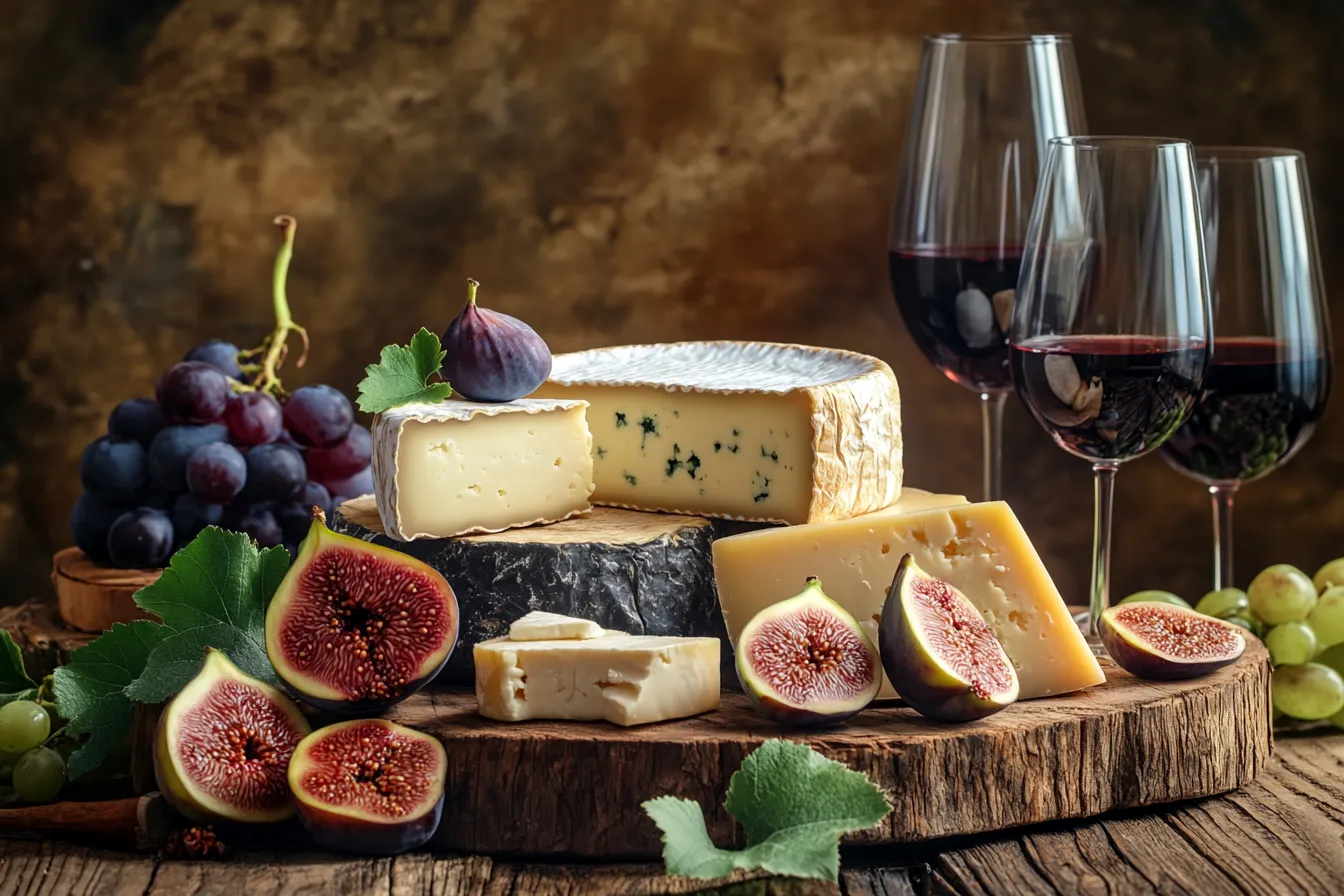
Name: Hard Cheese (Basic Aged Cheese Recipe)
Ingredients
Equipment
Method
- Instructions:
- Heat Milk: In a large pot, gently heat milk to 86°F (30°C). Stir slowly to avoid scalding.
- Add Calcium Chloride (if using) and starter culture. Stir well and let sit for 45 minutes to ripen.
- Add Rennet: Stir in diluted rennet gently. Let the milk sit undisturbed for 45-60 minutes until a clean break forms.
- Cut the Curd: Using a curd cutter or knife, cut the curd into 1/4-inch cubes. Let rest for 5 minutes.
- Cook the Curd: Slowly heat curds to 102°F (39°C), stirring gently. Maintain temp and stir for 30–40 minutes until curds firm up.
- Drain: Pour curds into a cheesecloth-lined colander. Allow whey to drain.
- Press: Transfer curds to a mold, then press with increasing pressure for 12–18 hours.
- Salt: Remove from mold and salt the cheese via brine soak (12 hours in saturated salt brine) or dry salt the surface.
- Age: Let cheese air-dry for 2–3 days. Then wax or vacuum-seal and age at 55°F (13°C) and 80–85% humidity for 1–12 months, depending on desired flavor and firmness. Flip the cheese every few days.

